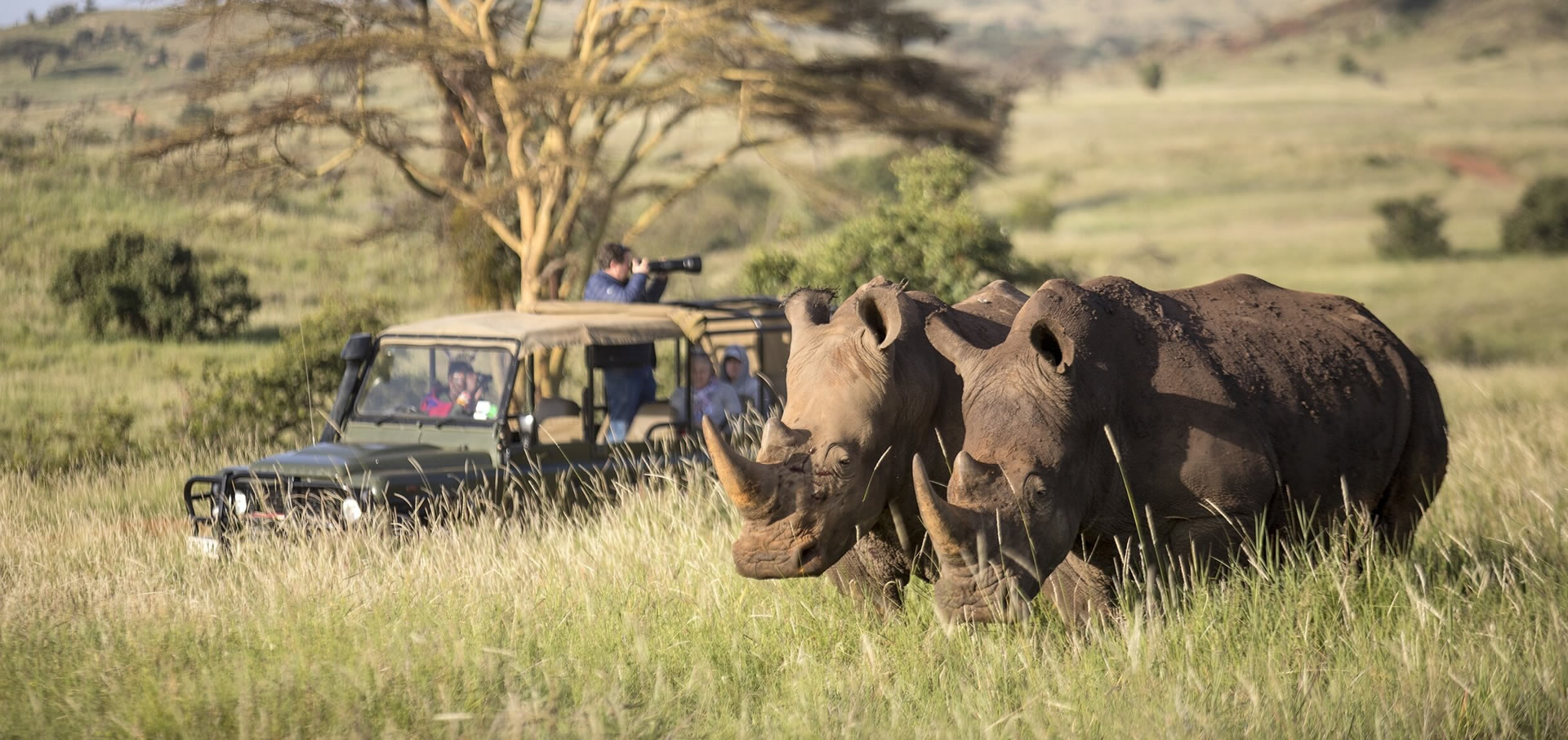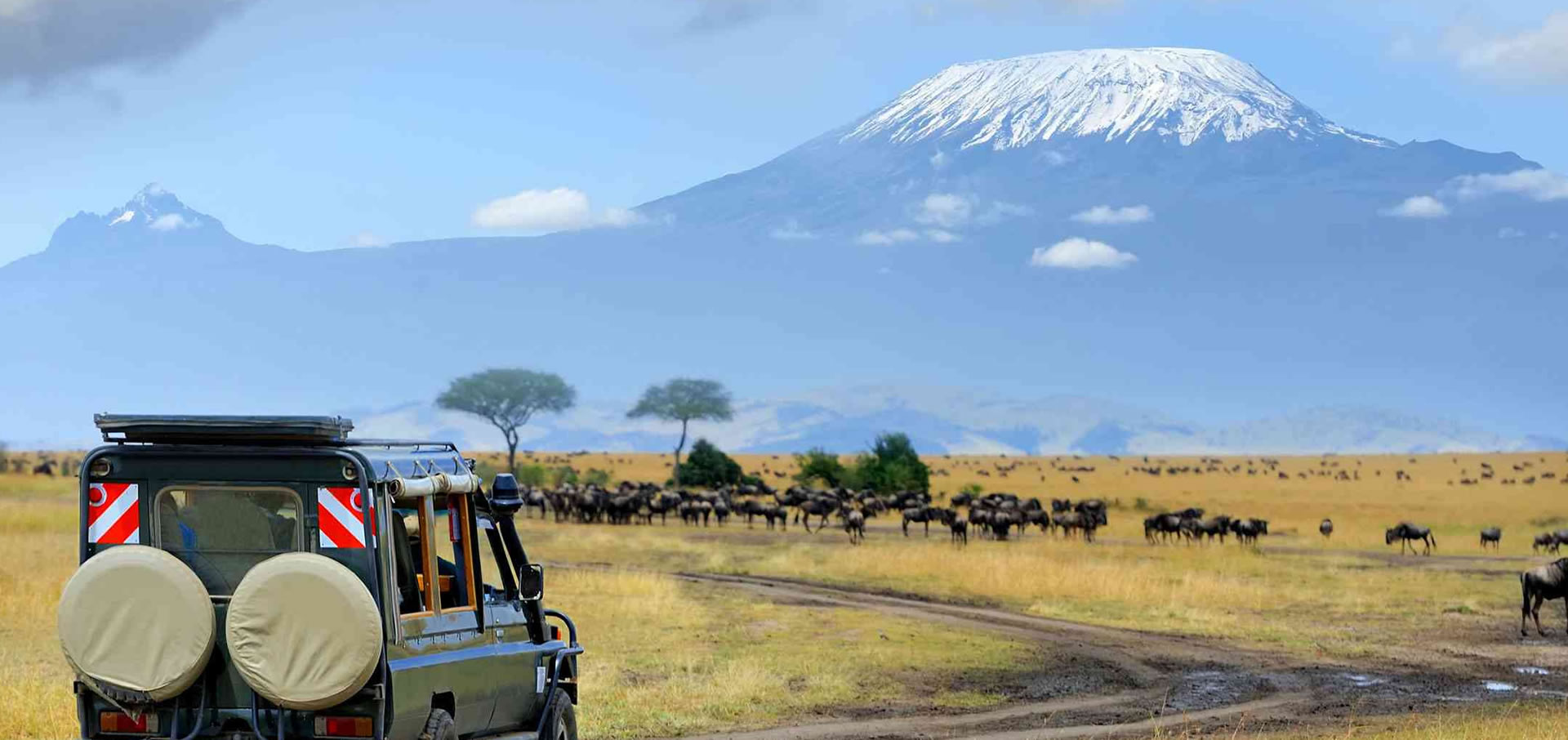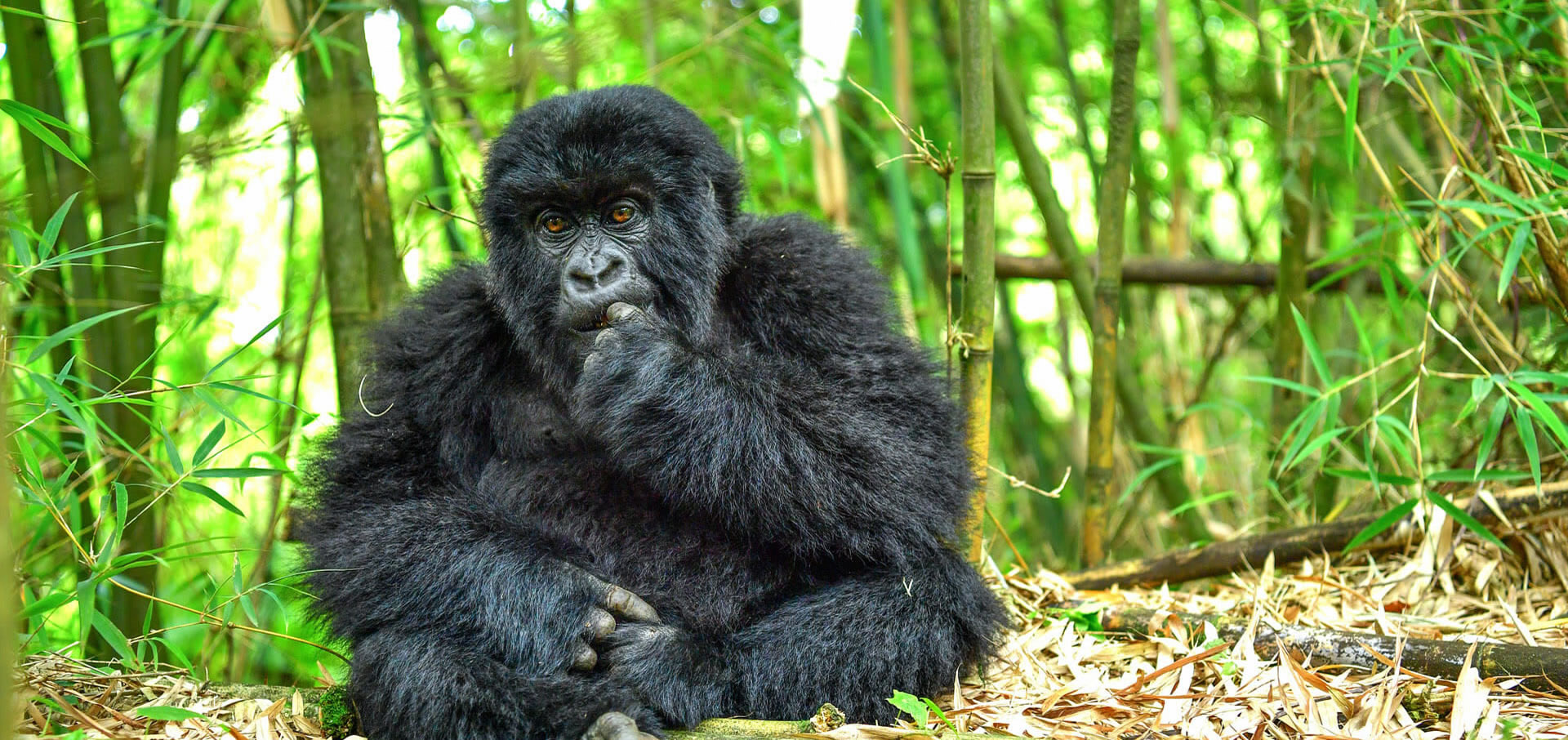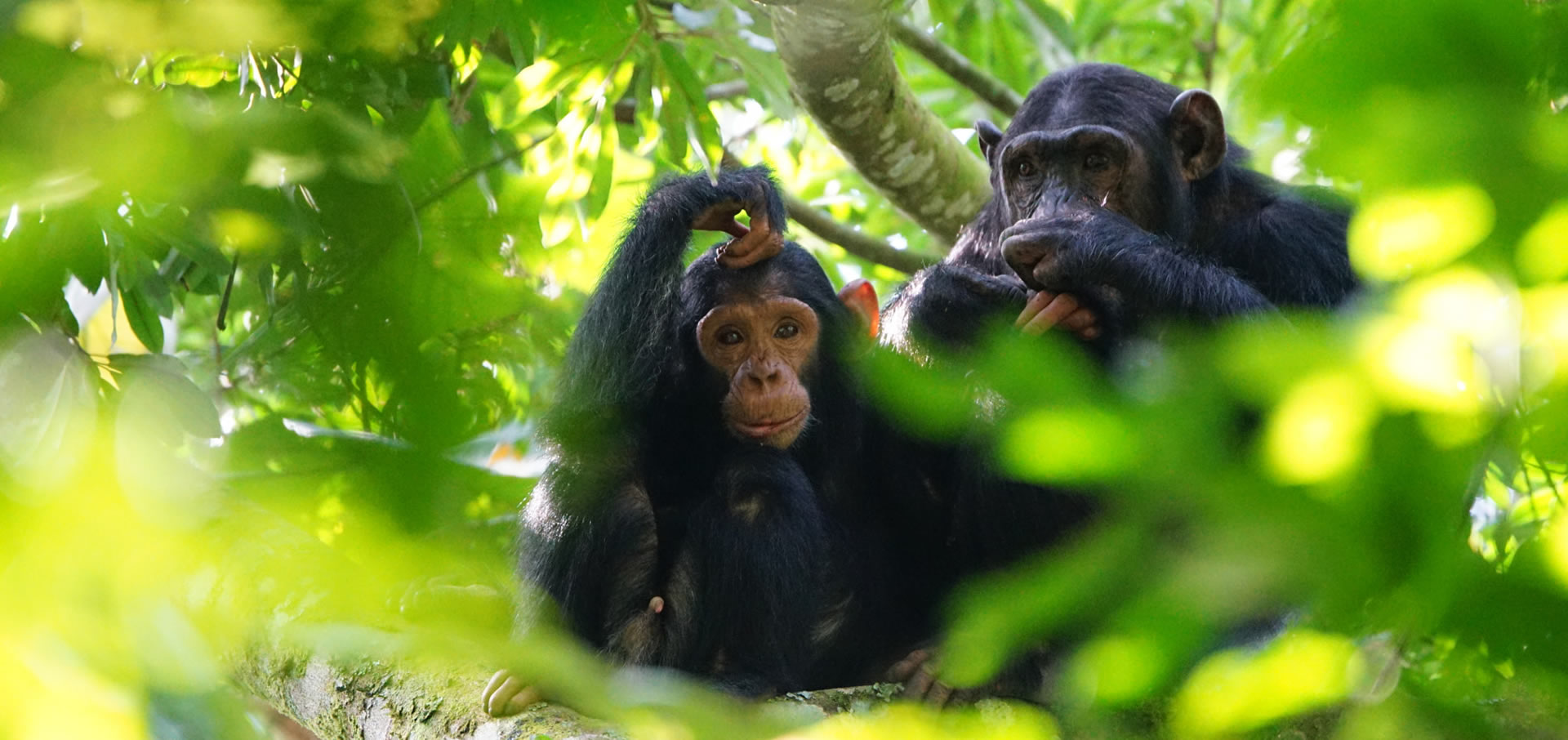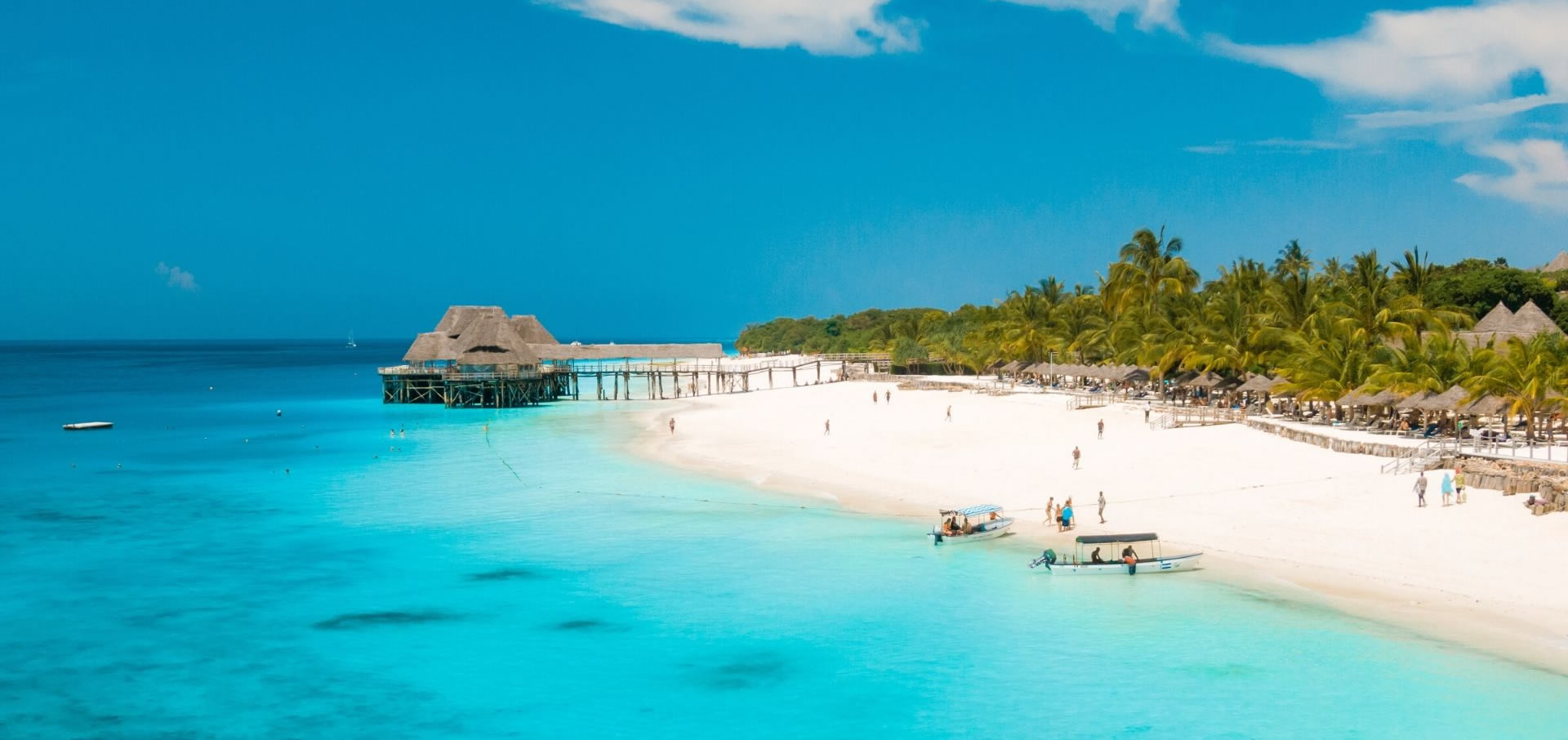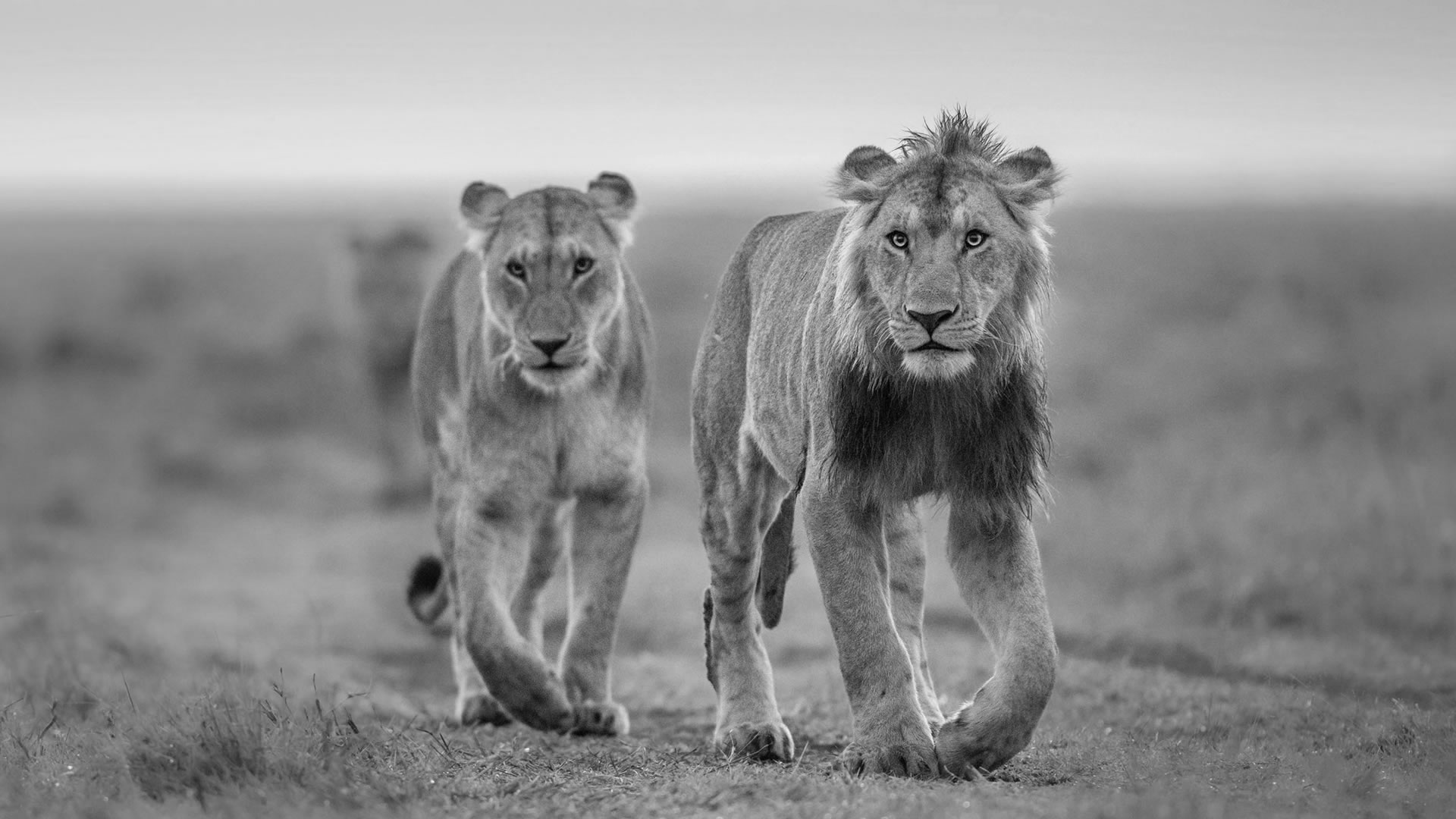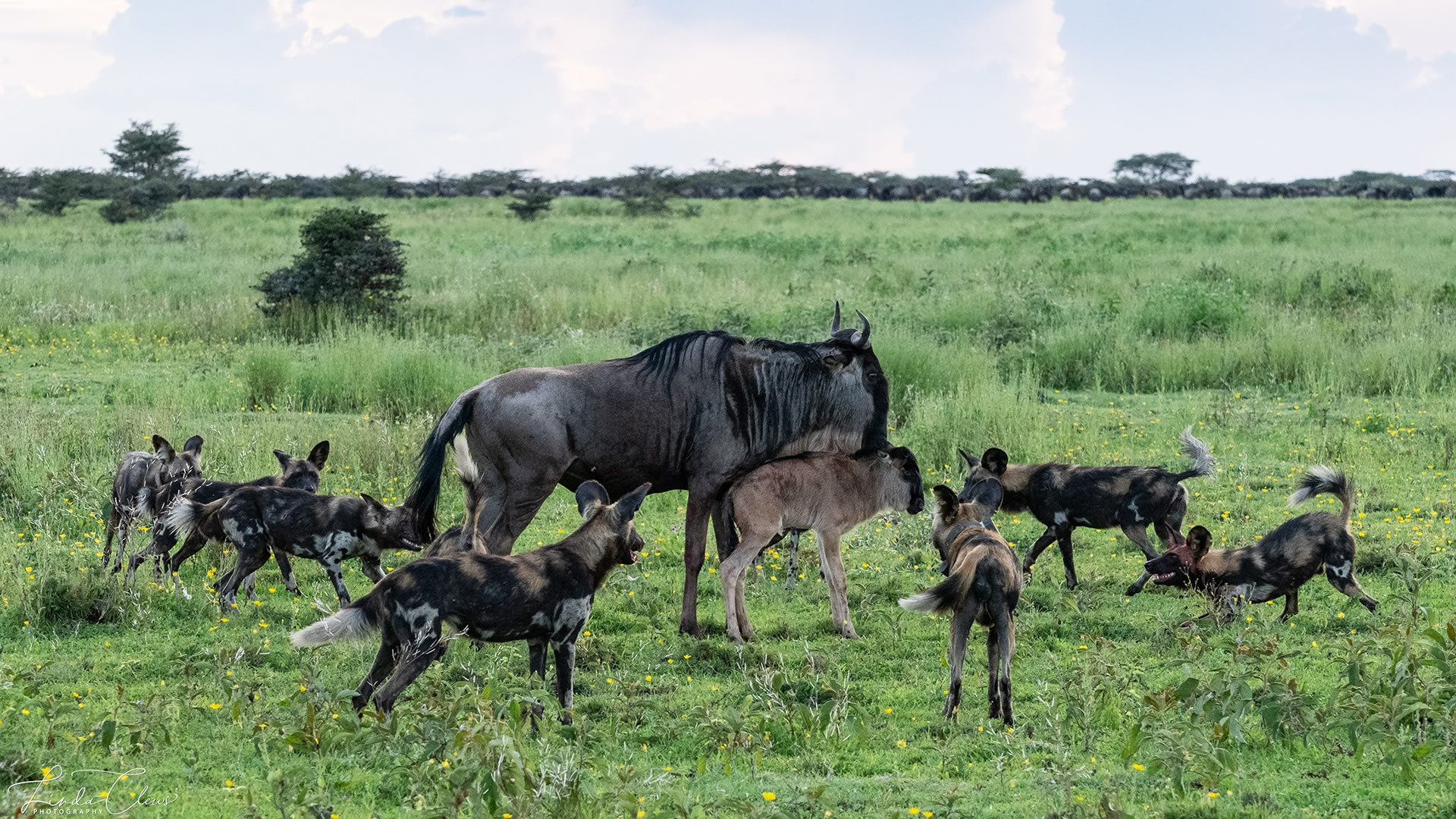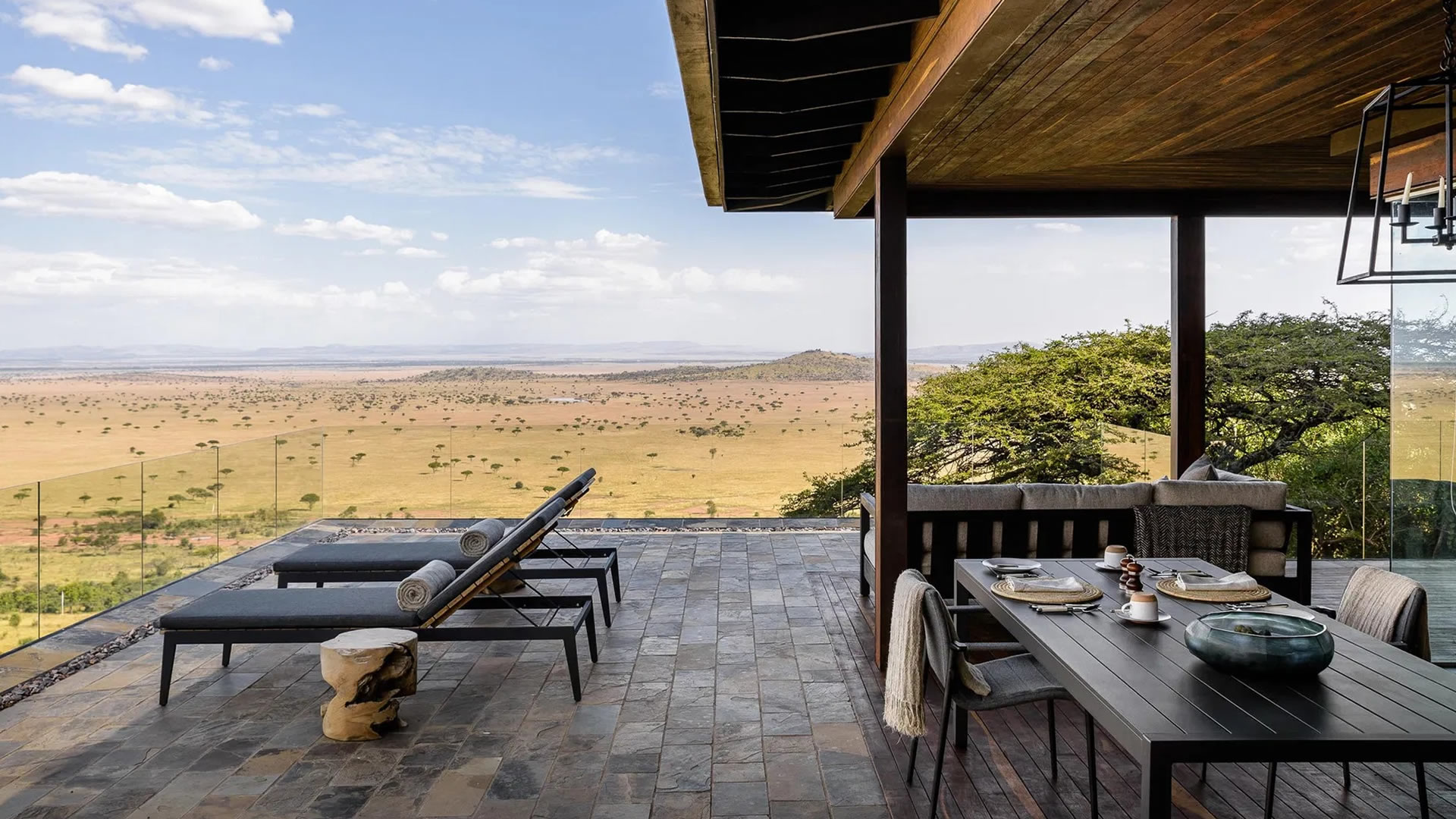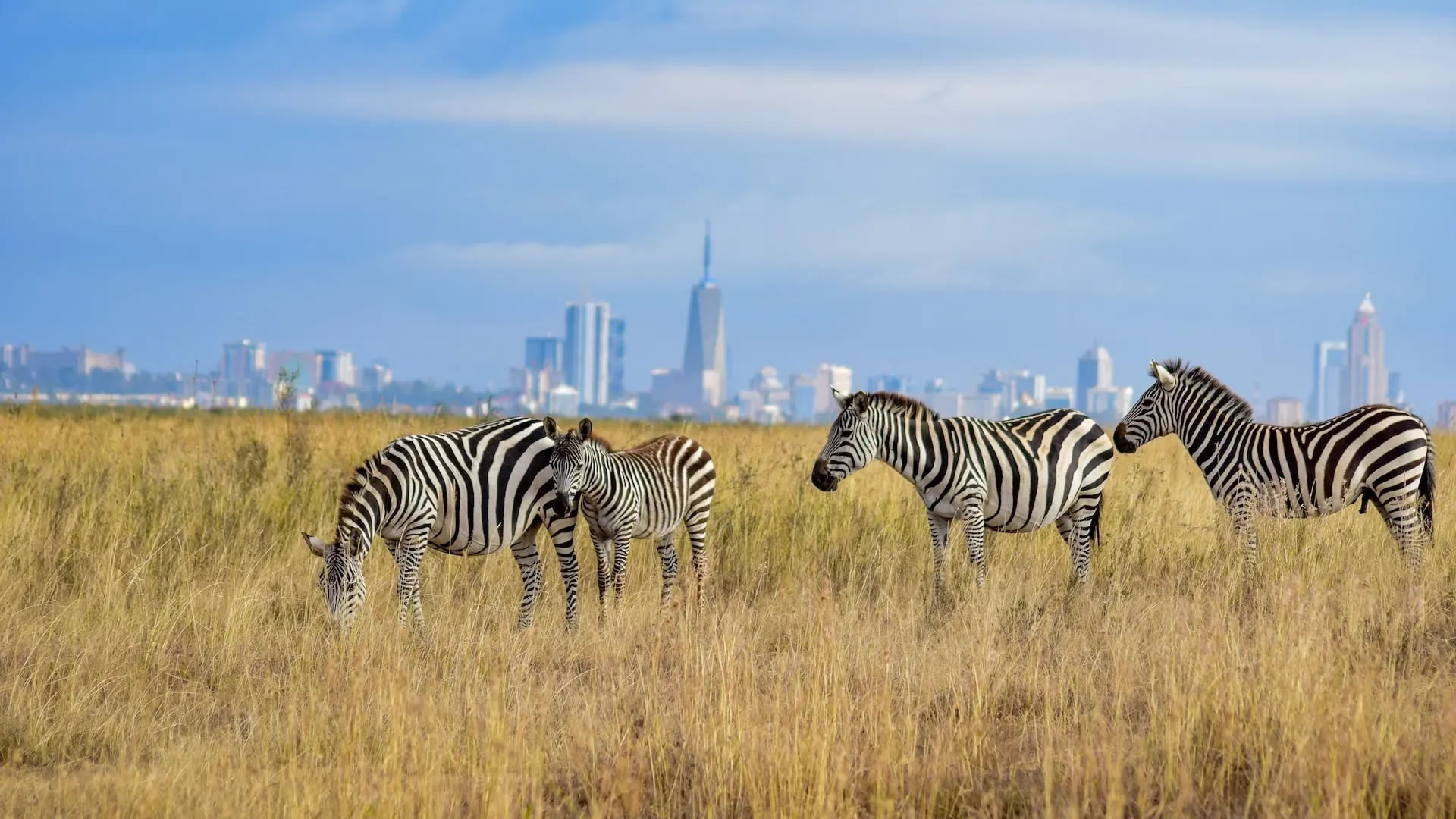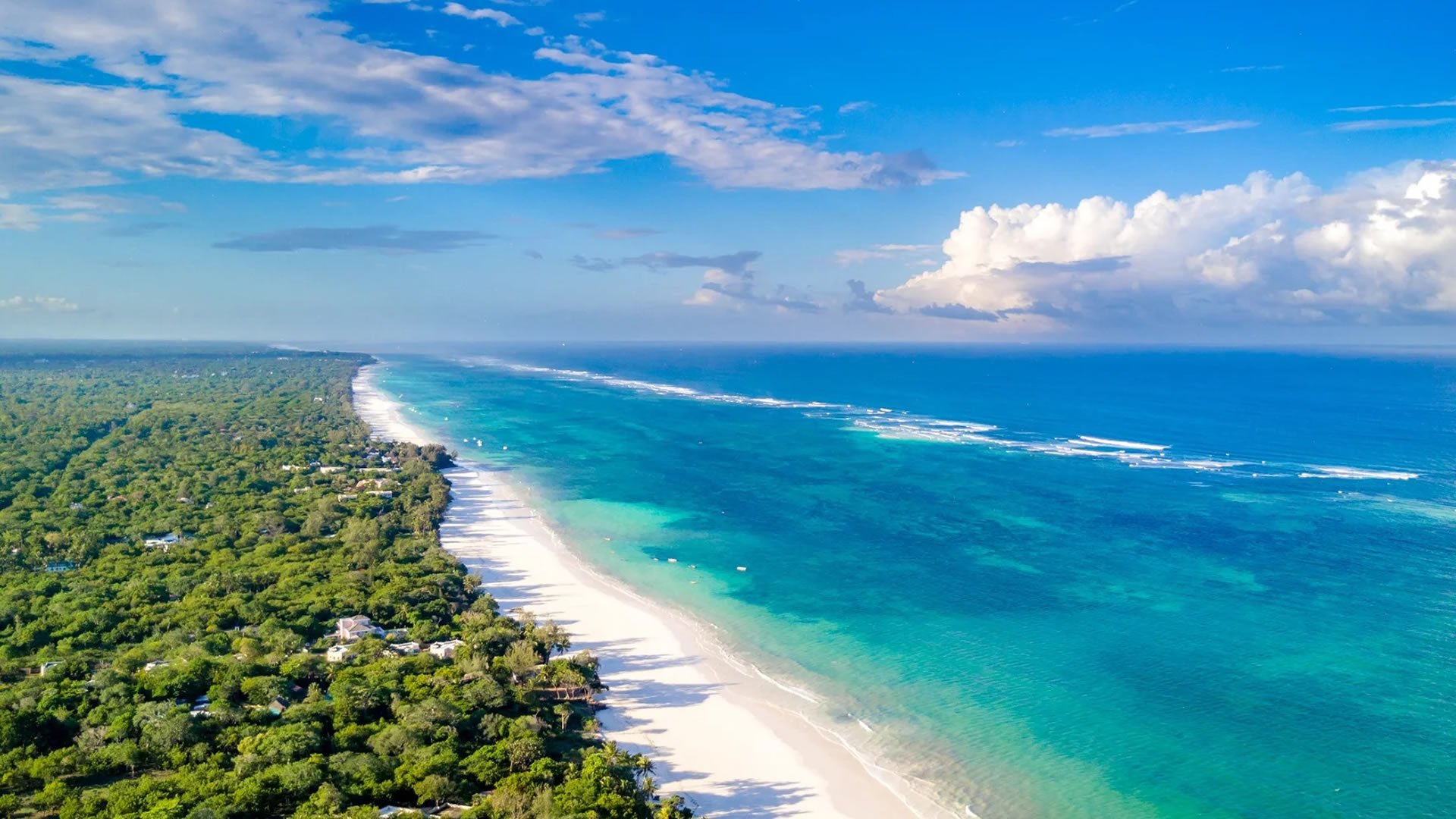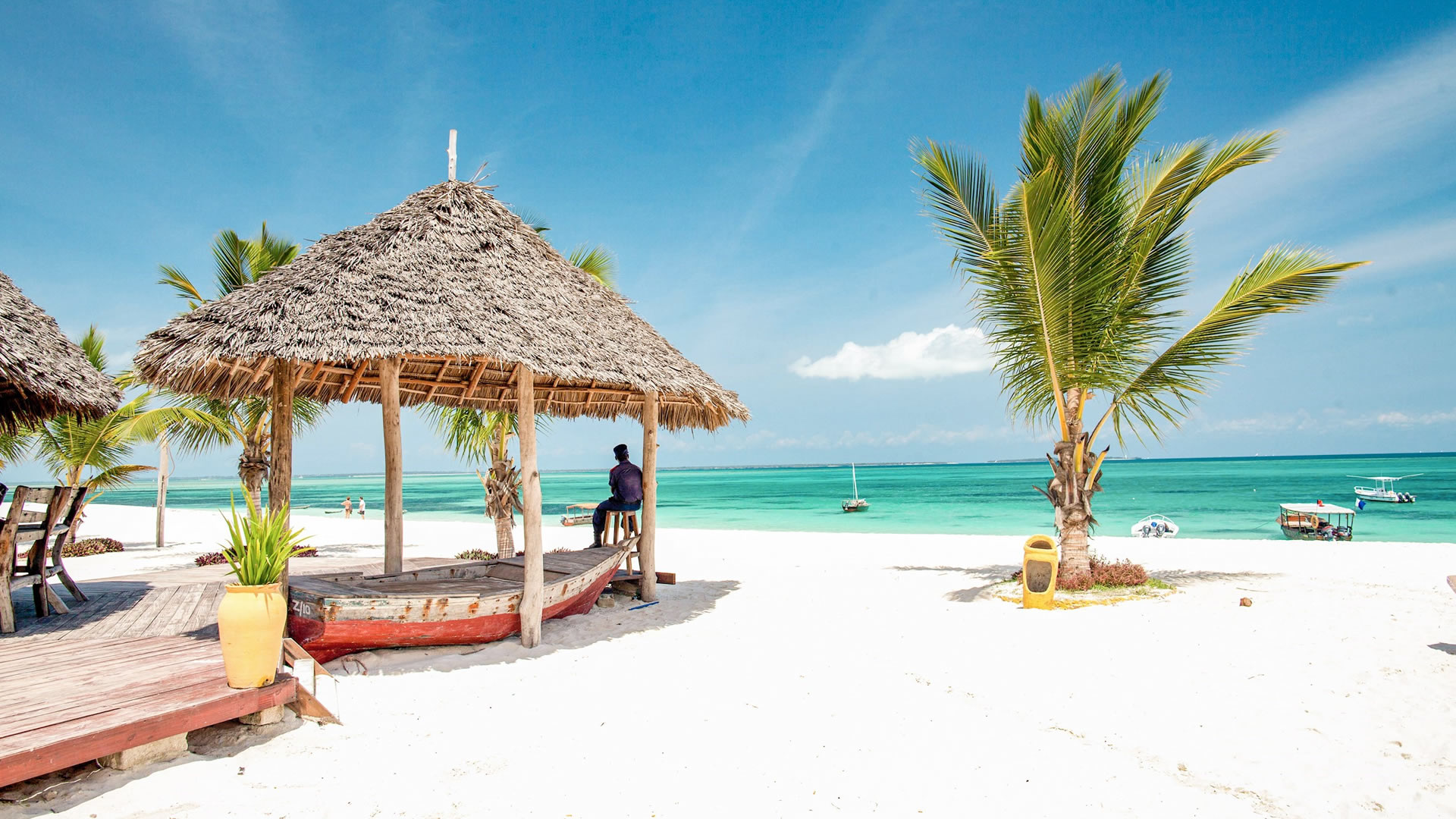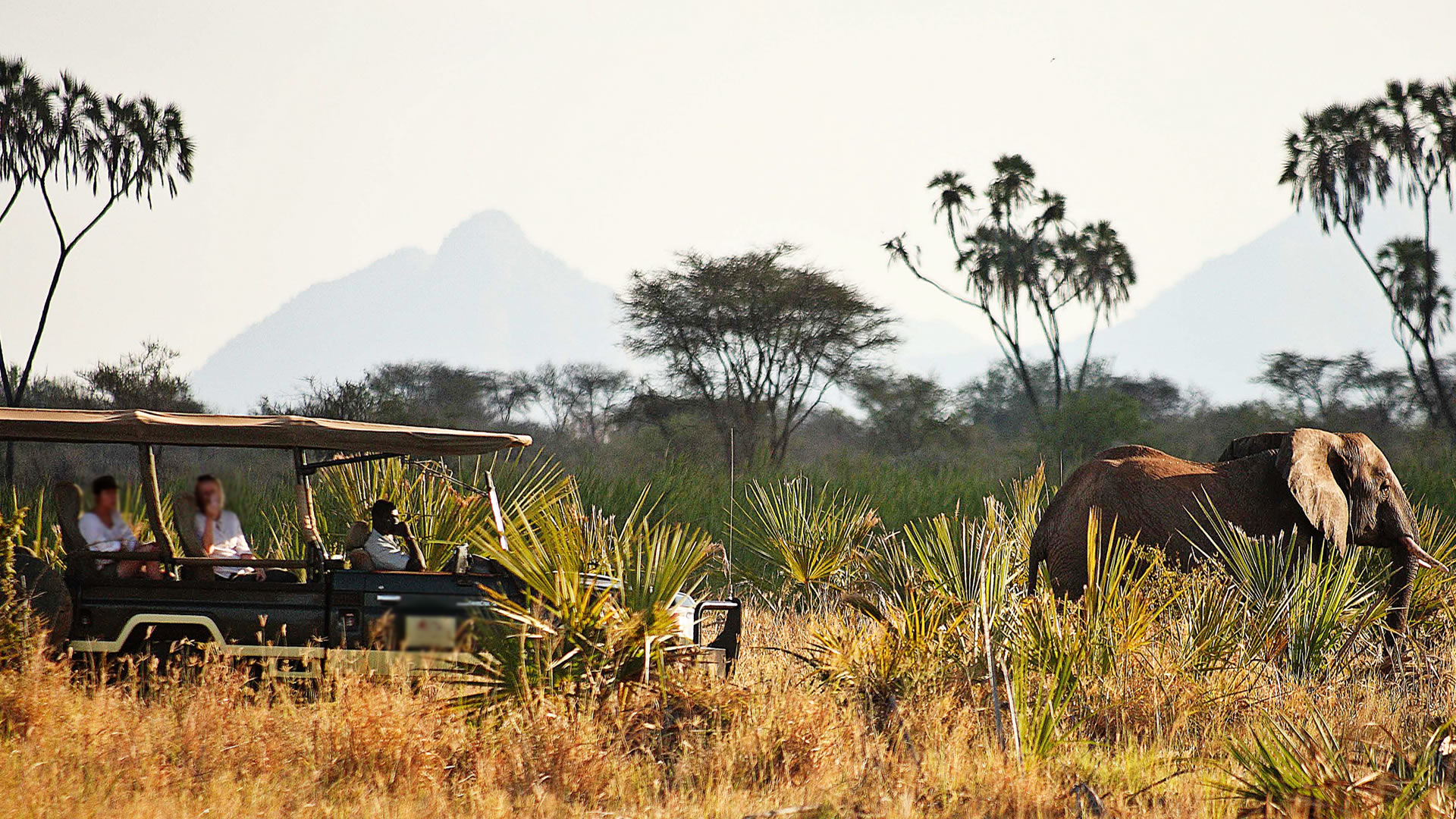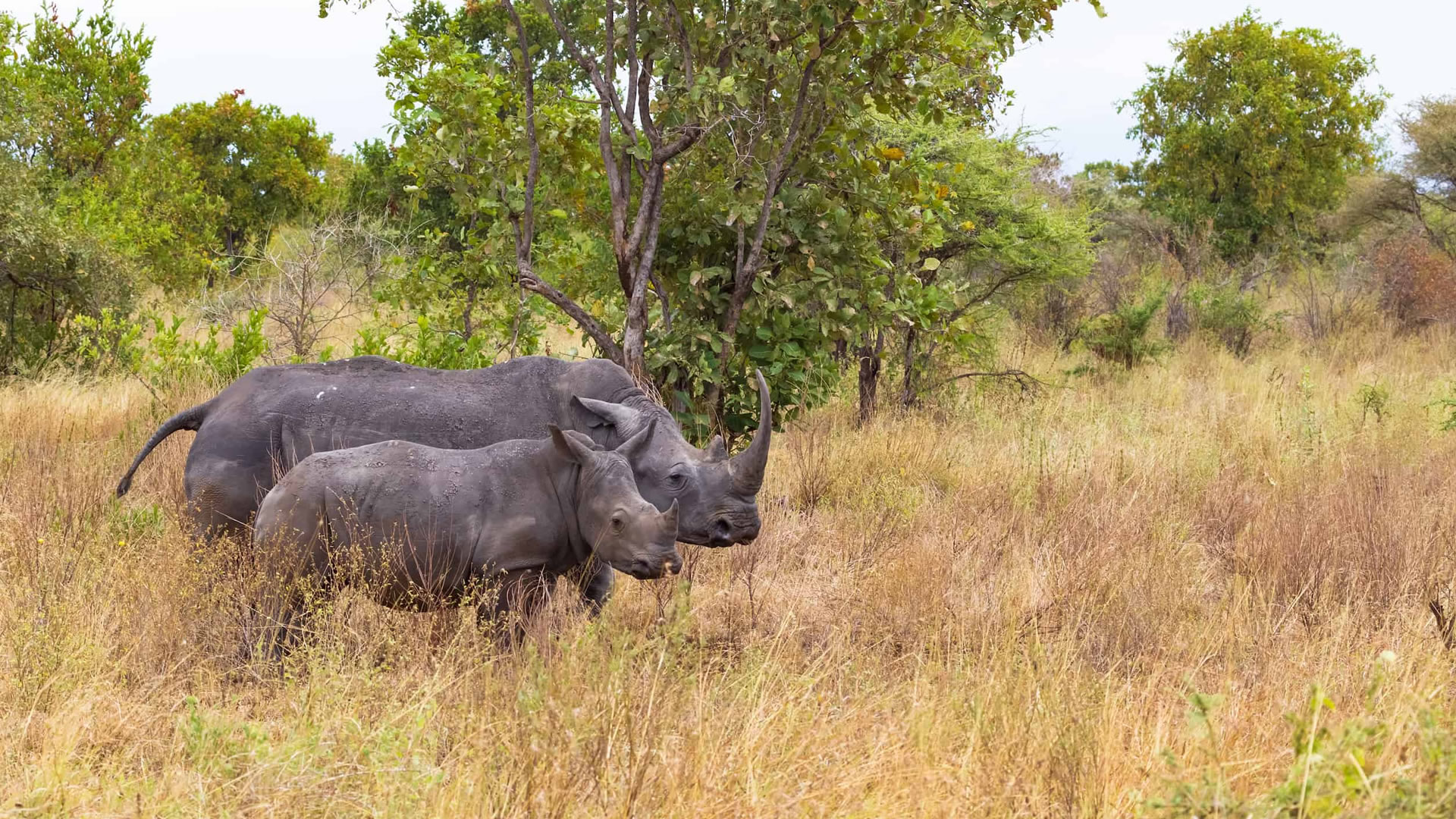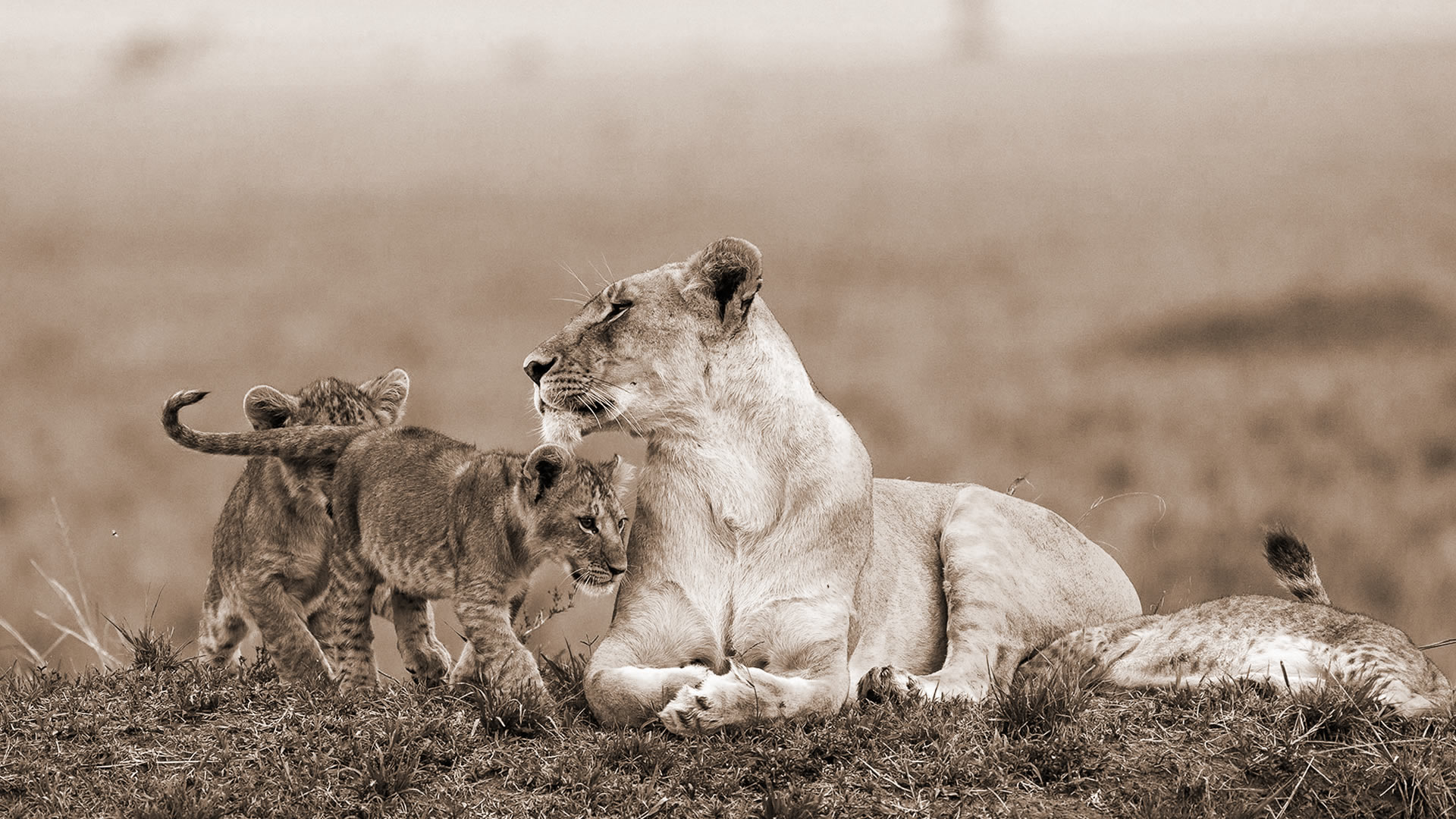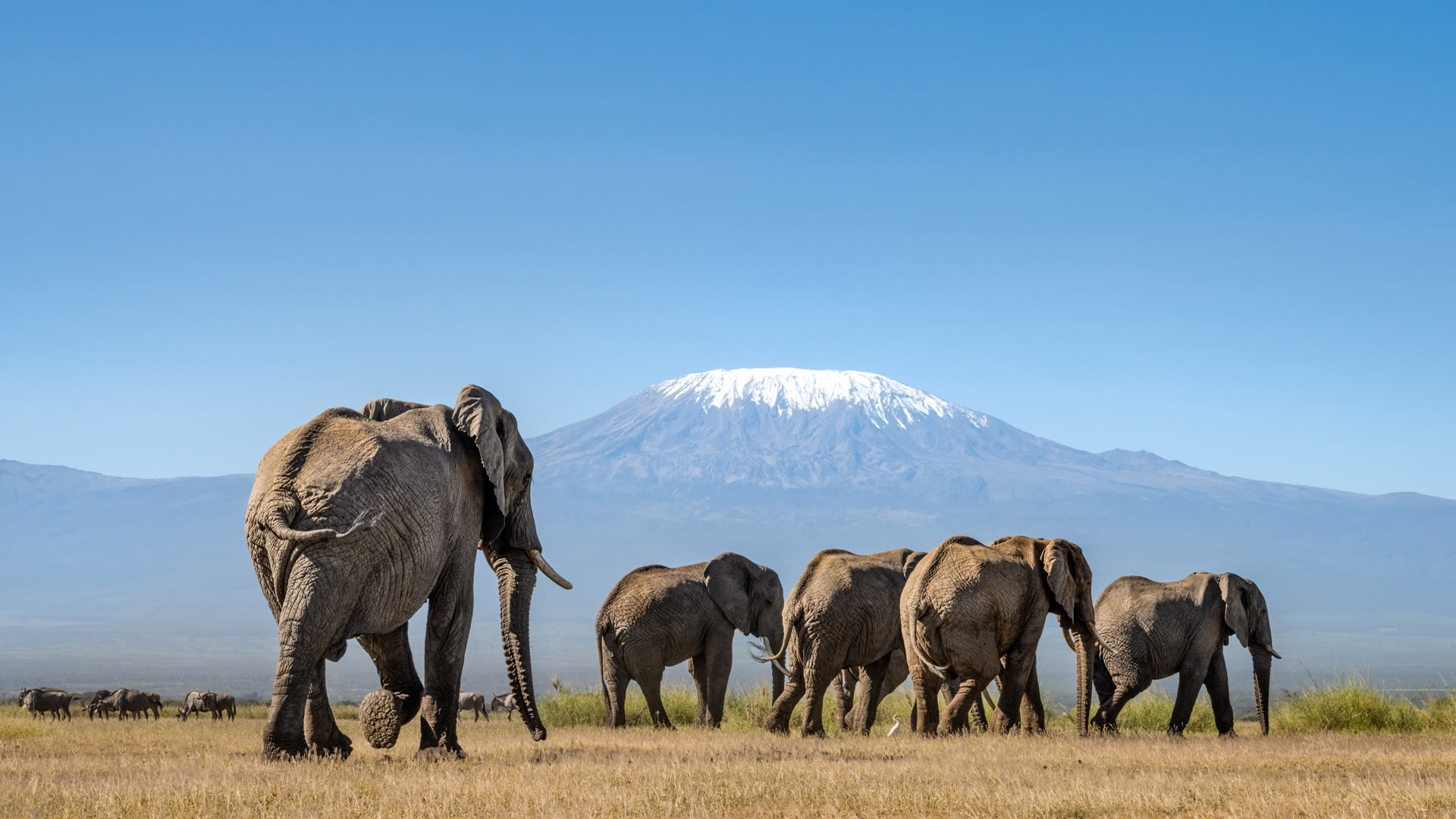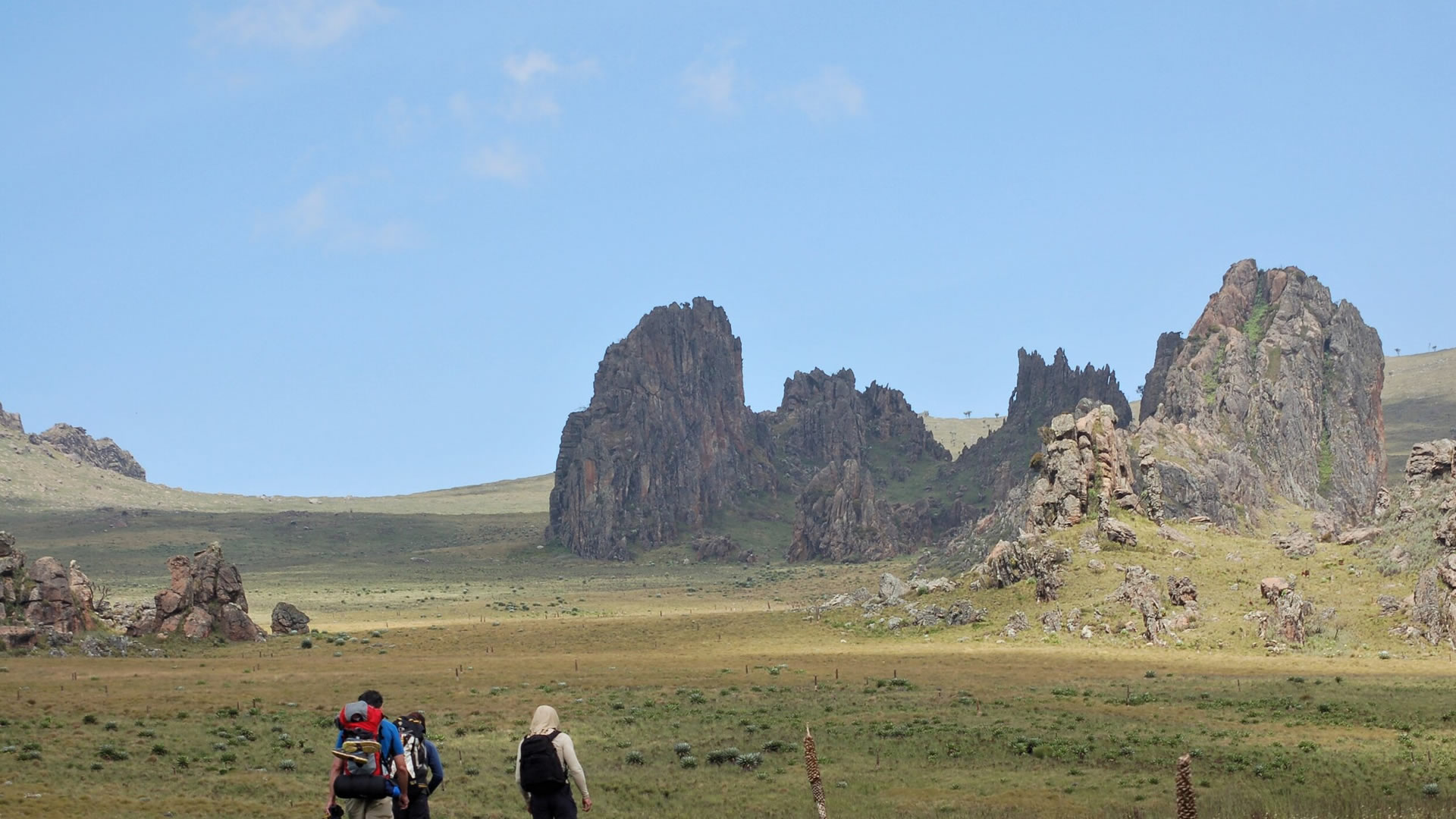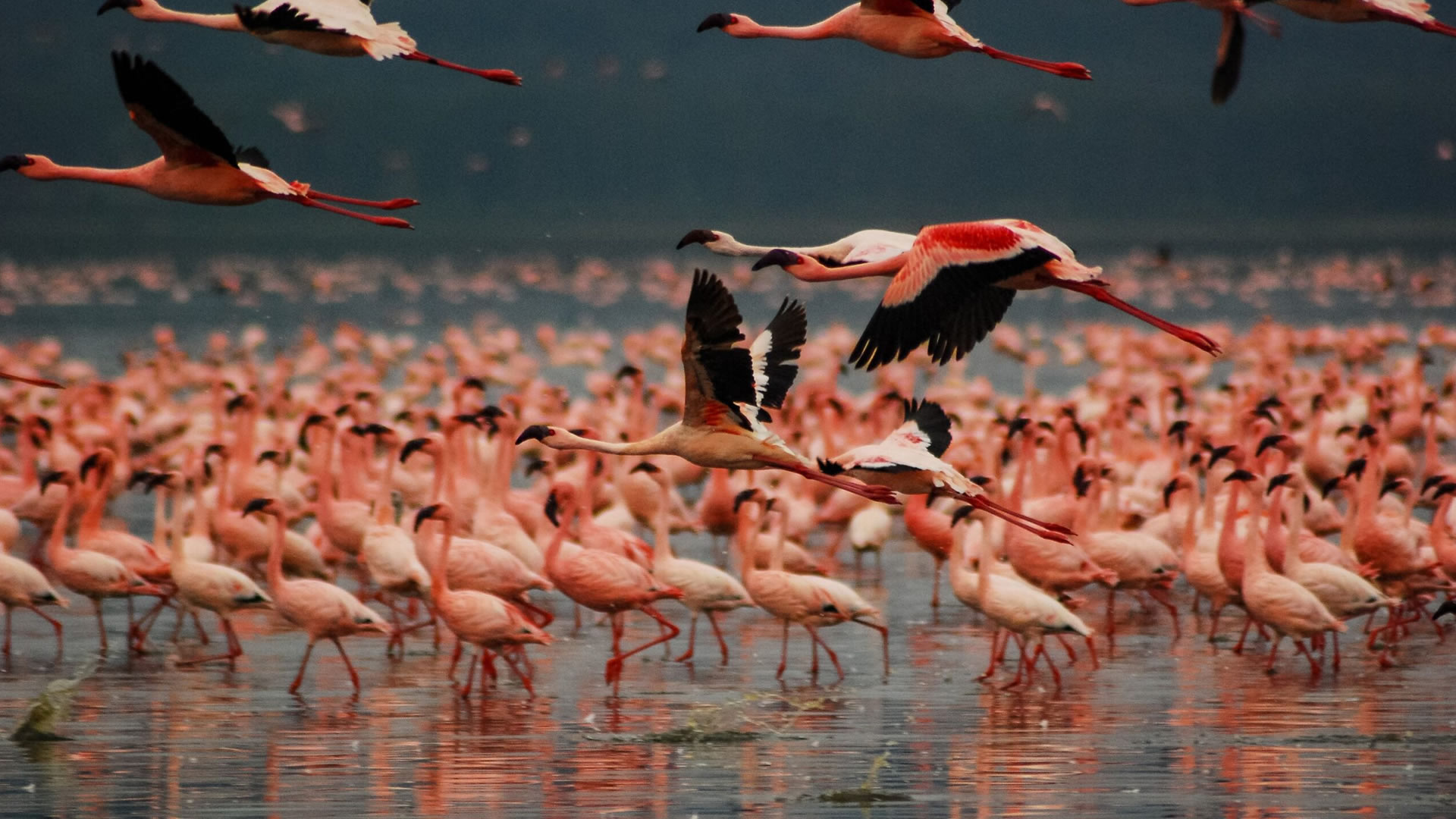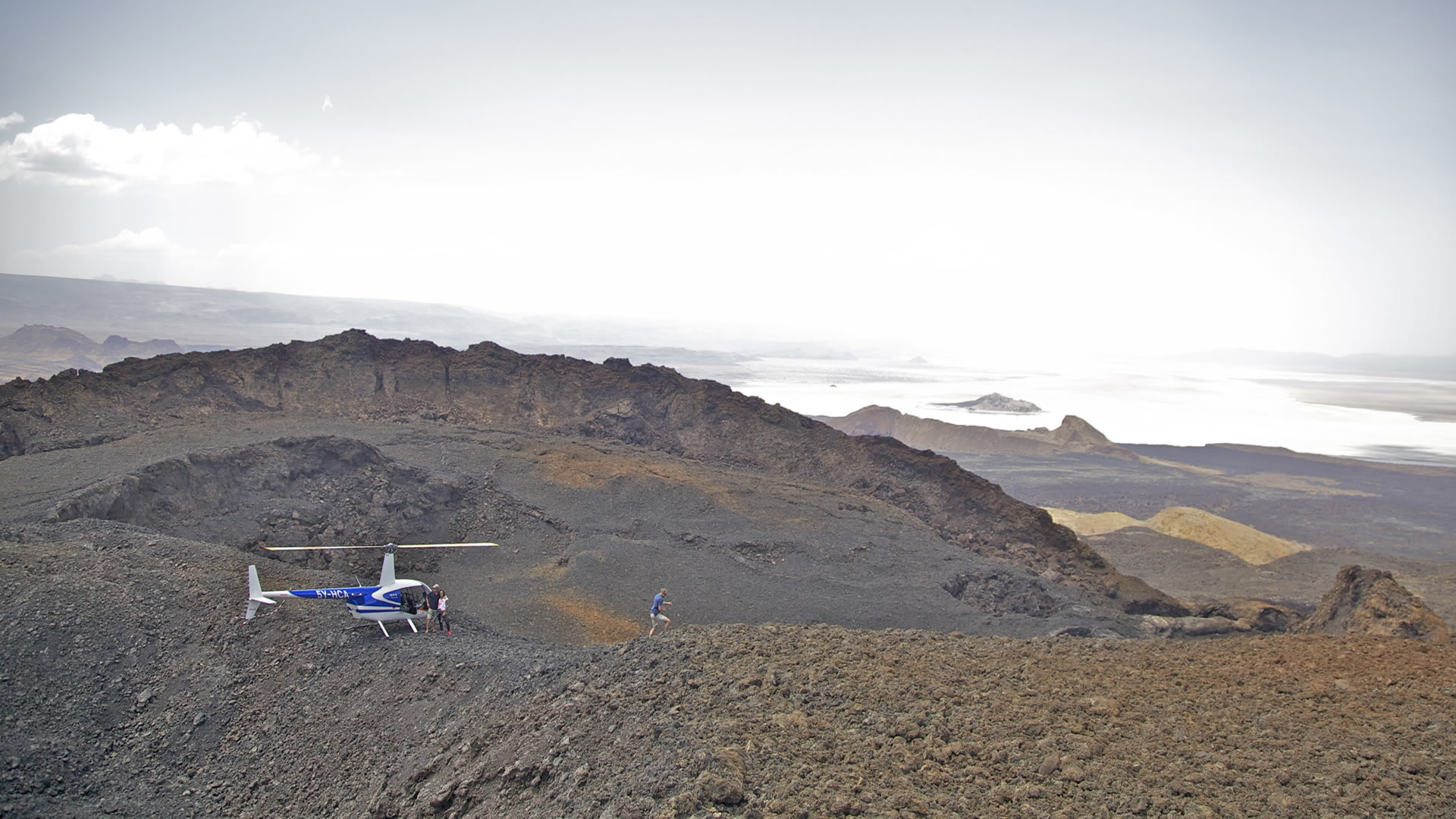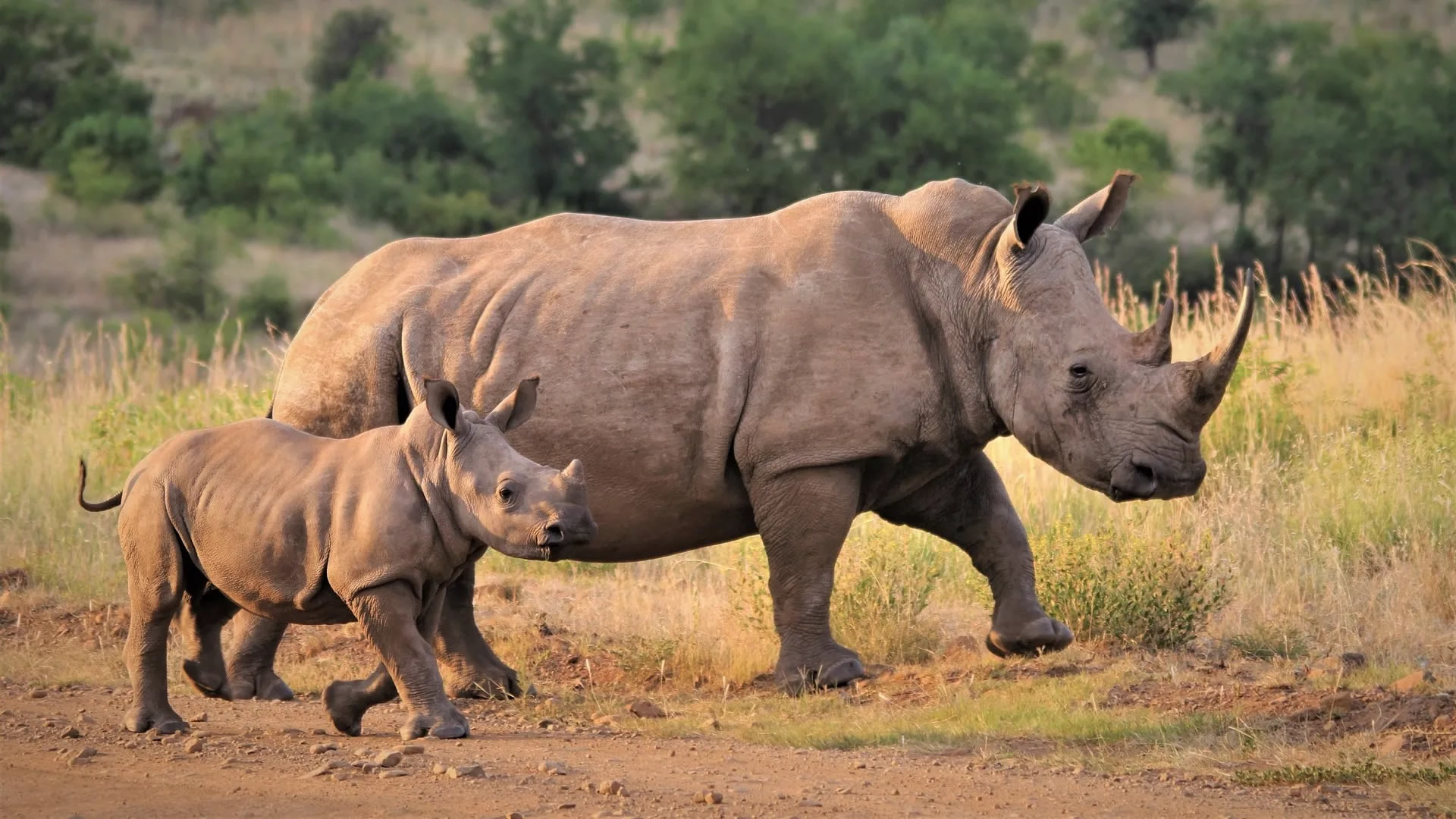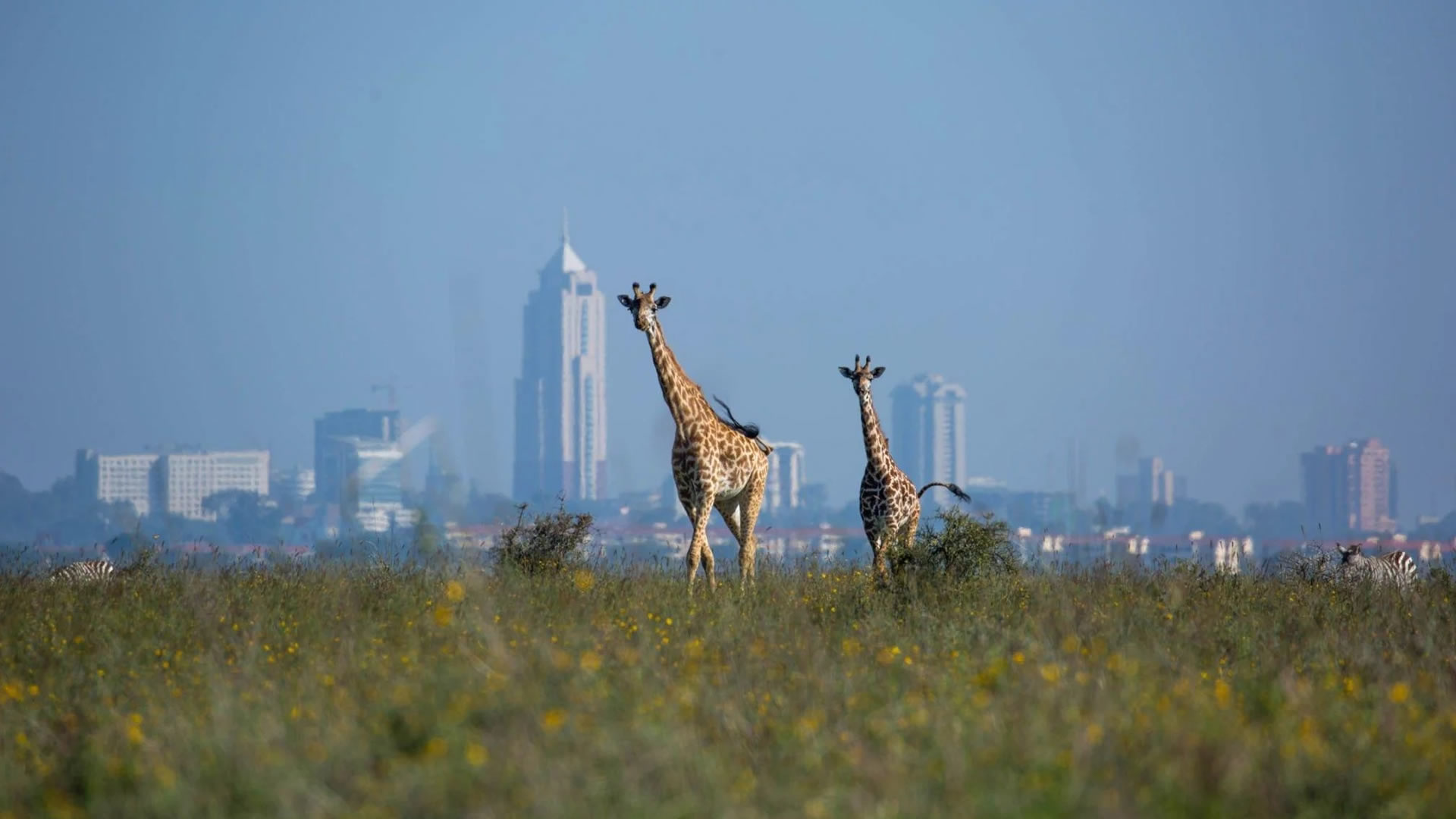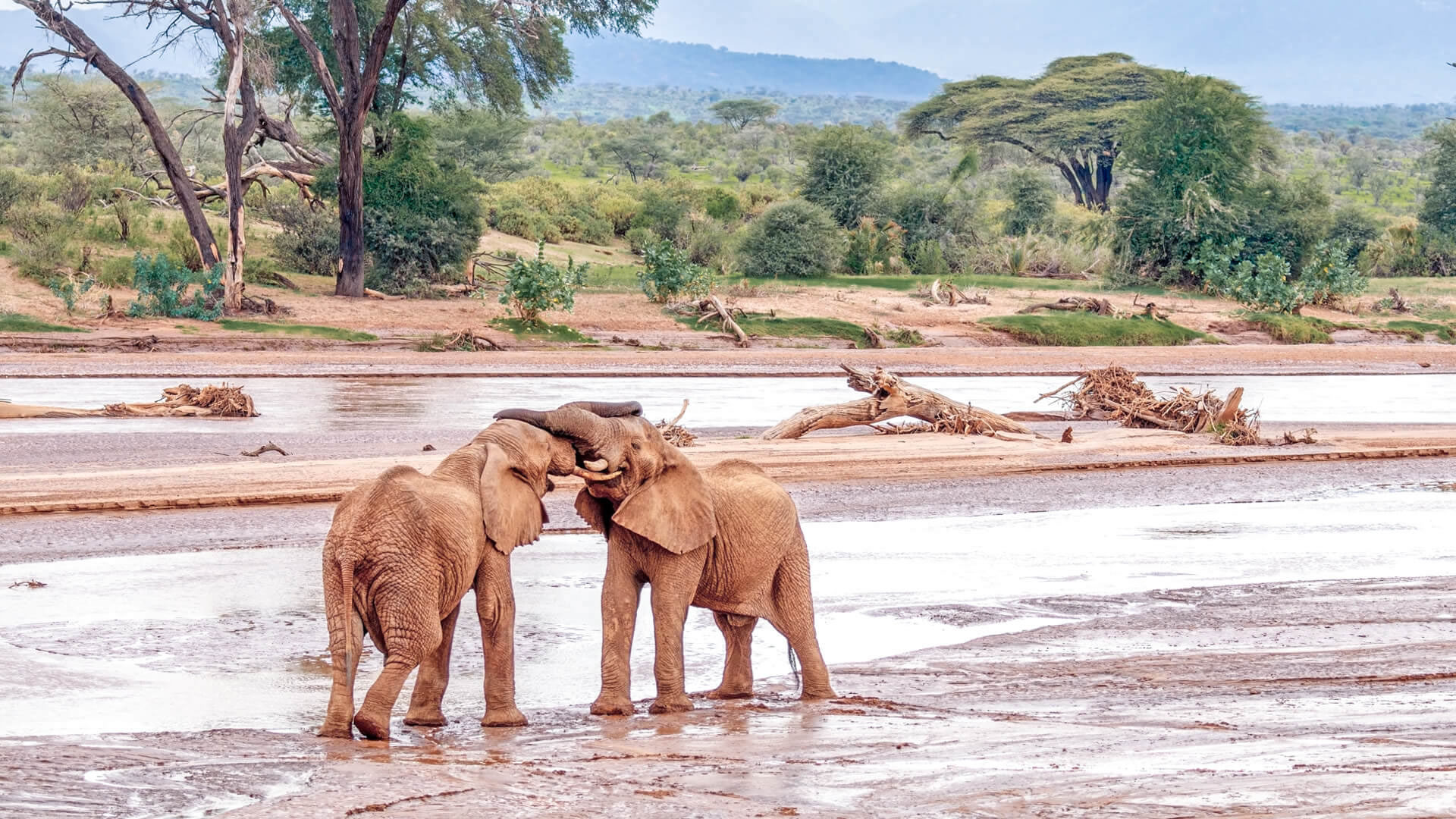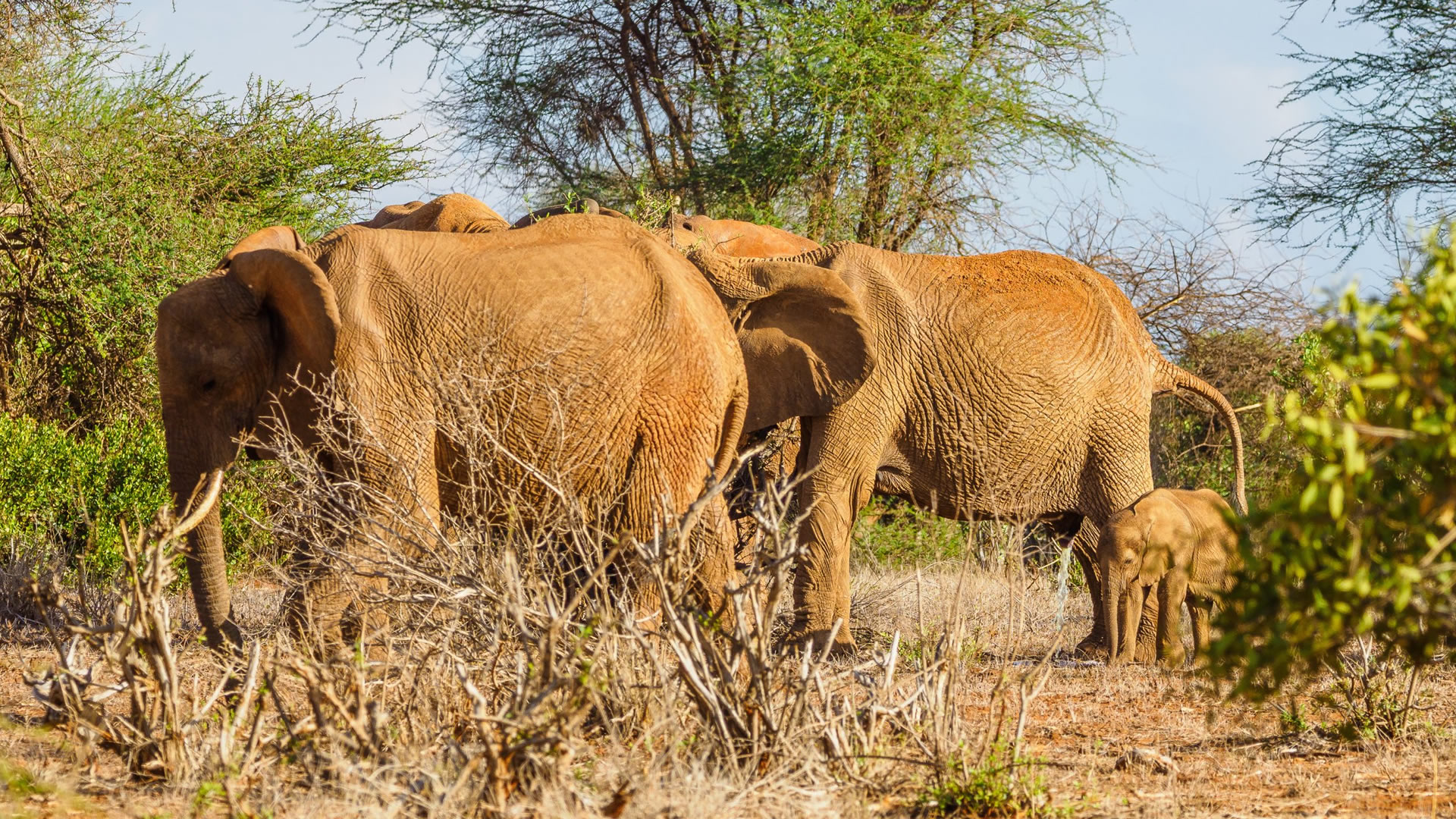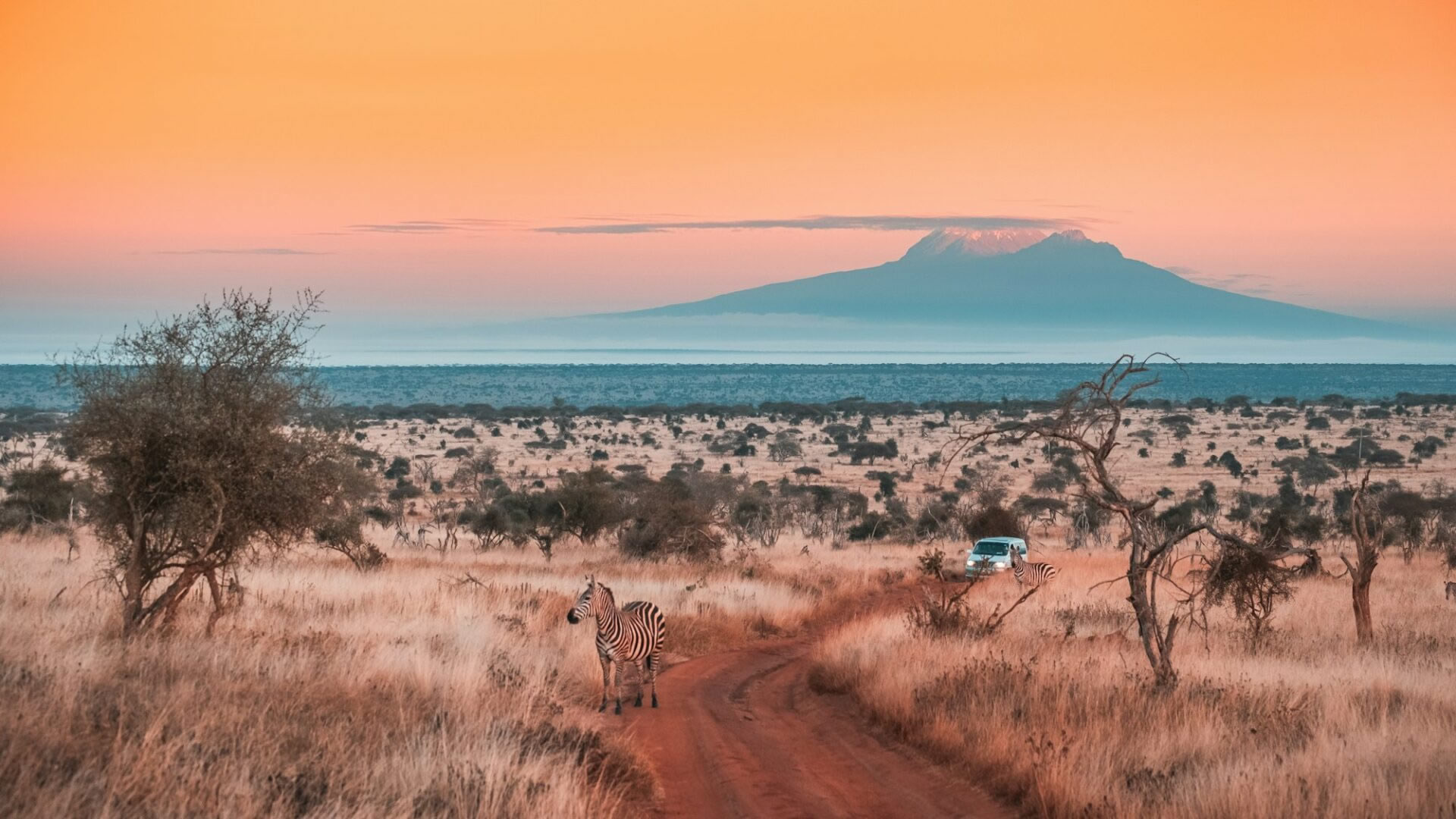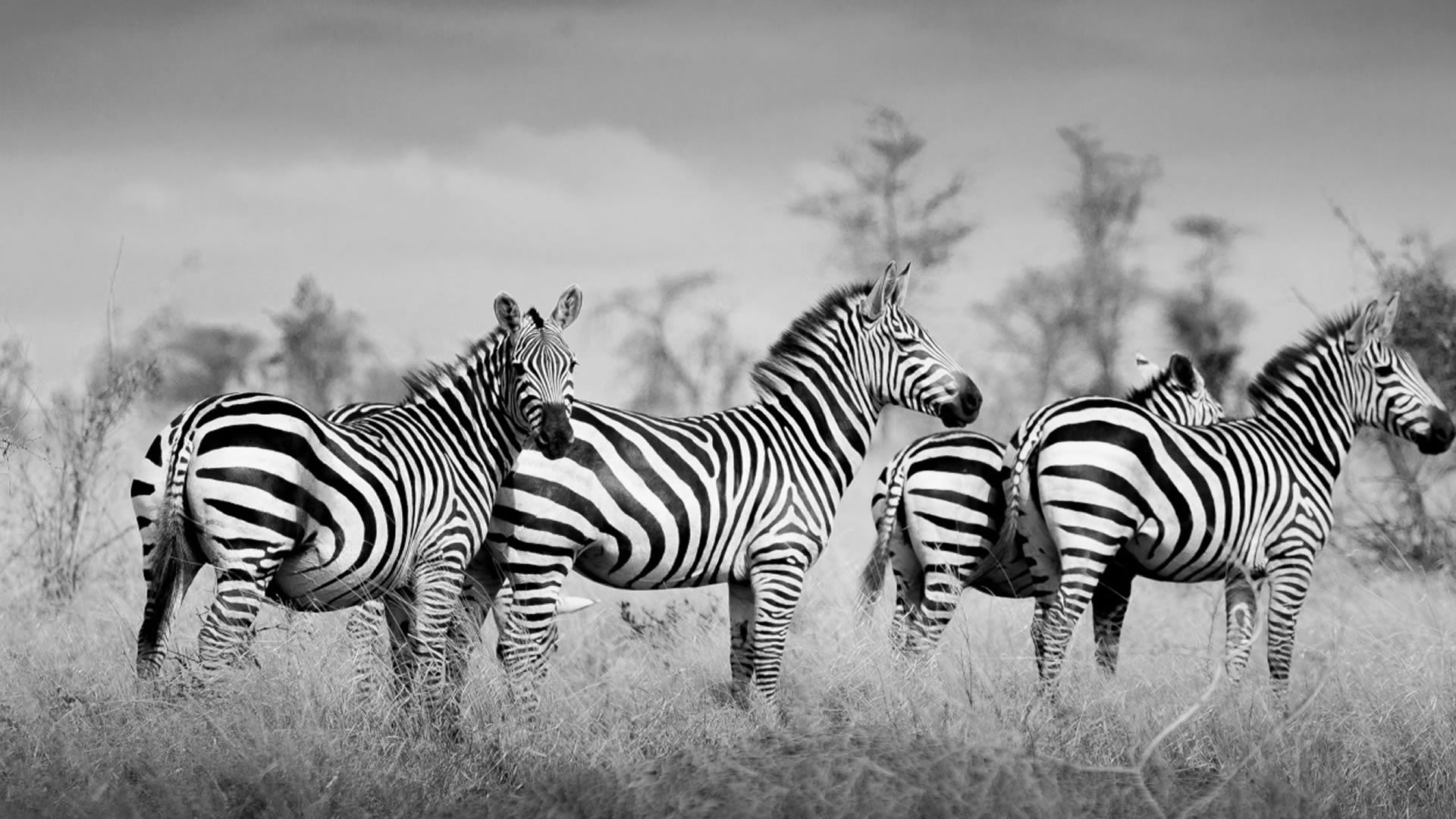
Meru National Park
“Complete wilderness - Made famous by ~"Elsa the Lioness"~ "
Meru National Park covers 336 sq mi (870 sq km). The park is located in northeast Kenya and has remarkable, remote, unspoiled terrain and rugged nature. The park is picturesque due to its diverse nature, which consists of rainforests, swamps, rivers, bushes, grassland, termite mounds, and acacia trees. Meru National Park sits on the equator, bisected by 13 rivers and abundant meandering mountain-fed streams with doum palms. No wonder that’s where it got its name: “complete wilderness”. Meru National Park is known for its substantial diversity of wildlife species compared to other Kenyan Parks. Some unusual animals include the bohor reedbuck and the grevy zebra. The park has a plethora of wildlife, including The Big 5 ( black and white rhinos, elephants, lions, leopards & buffalo). With over 400 bird species recorded, the Park is a paradise for Avid bird watchers.
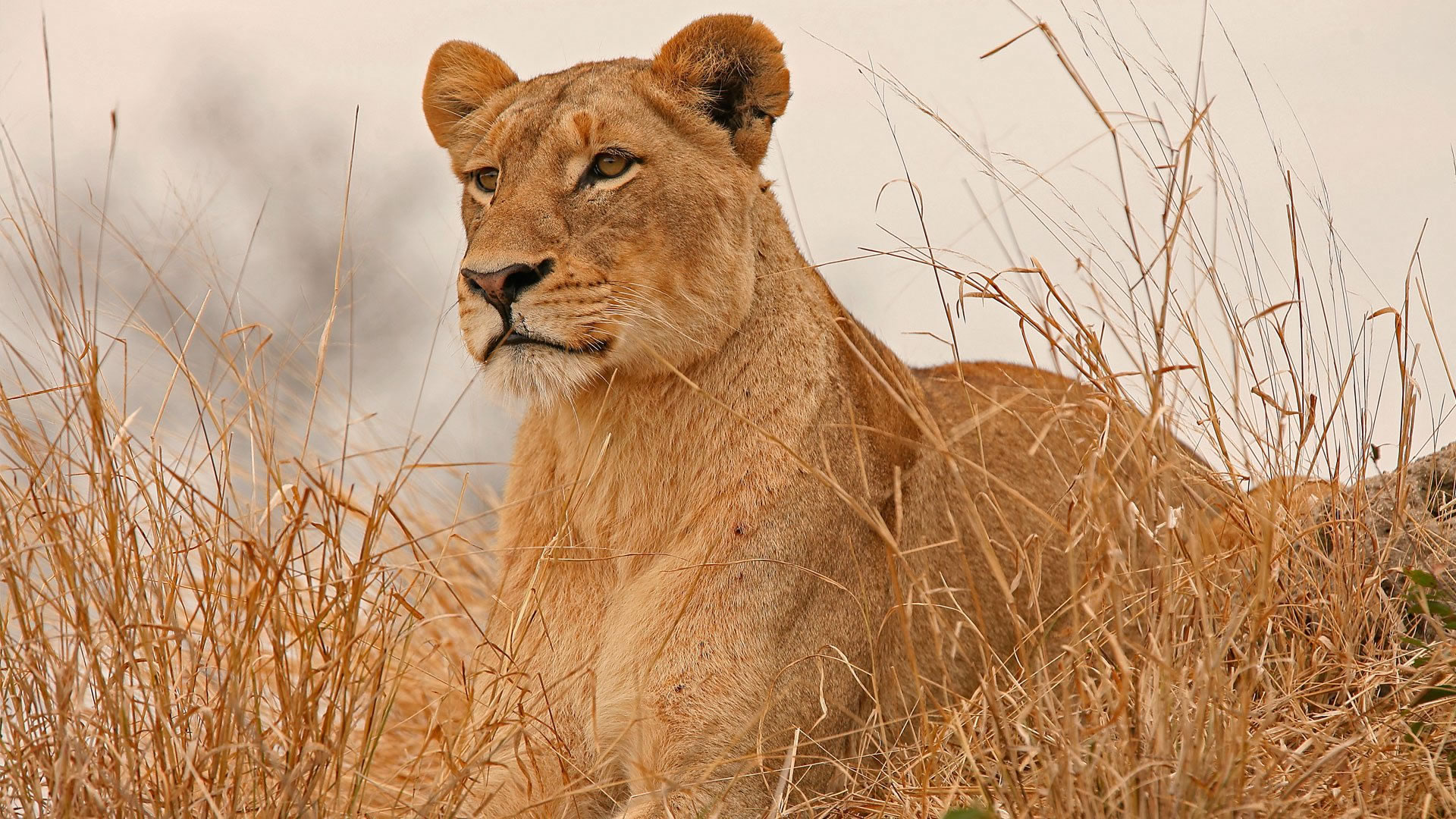
The Meru National Park Highlight:
Story of Elsa's the Lioness - Made famous by conservationist Joy Adamson and the film based on her book “Born Free”.
Experience the Meru National Park
As you drive into the park for the first time, it’s hard not to fall in love with the dramatic scenery: distant hills rise from the horizon with tall doum palms silhouetted against the sky. The Rojewero and Tana Rivers are lined with lush vegetation, and the palms, baobab trees and red soil provide a striking background for the park’s many animals. Guided game drives are the main activities in Meru National Park. These are an opportunity to enjoy the wildlife (including birds) and scenery, and to learn about them from an expert guide. The only place where you’re allowed out of your vehicle in the park is at one of the campsites, or at the viewing platforms overlooking the Rojewero River.
Best time to visit: Meru National Park
Meru National Park is visited all year round. However, the best times to visit Meru National Park are during the dry seasons, June to October and December to February. These months are fantastic for wildlife viewing. November & April to May are excellent for birdwatching activities.
Wildlife Experience
Meru National Park receives plenty of rainfall, allowing the growth of grass, vegetation, and rich swamps, which make it a wildlife haven. The park has a plethora of wildlife, including The Big 5 ( black and white rhinos, elephants, lions, leopards &buffalo). Other animals include cheetahs, hippos, hyenas, wildcats, jackal grevy’s zebra, hartebeest, reticulated giraffes, crocodiles, and fish. If you are a snake enthusiast, there is a chance you might encounter puff adders, pythons and cobras.
Birdlife
Meru National Park is famous for bird spotting. With over 400 bird species recorded, the Park is a paradise for Avid bird watchers. The diverse ecosystems, which consist of savannah, grasslands, forests, and swamps, attract various bird species, some endemic to the area. Some endangered species include the jungle babbler, martial eagle and African finfoot. Other birds include Pel's fishing owl, bee-eaters, weavers, rollers and kingfishers.
Best time to visit
The temperatures are uniform throughout the year. Day temperatures are approximately 32° C/90° F, and night-time temperatures 17°/63°F. Dry season from June to October is usually the best period to see lots of wildlife. Mid-March to May and November are rainy months in Meru National Park Reserve. You can still visit the park during these times.
Getting There?
By Air: You can fly to Meru National Park using domestic scheduled or chartered flights from Wilson Airport. Domestic airlines include Air Kenya, Safari Link, and Mombasa Air. Flight time is approximately 1 hour.Main Airstrip at Kina Mulika next to Meru Mulika Lodge and Elsa’s Kopje Airstrip
By Road: On all-weather roads, you can access Meru National Park from Nairobi, an approximately (348kms) drive via Nyeri-Nanyuki-Meru or Via Embu. Access the park from Mau to Murera Gate (35km) and 348km from Nairobi. The other access is via Embu to Ura Gate (120km)and from Nairobi approximately 290km. The drive time is about 5 -7 hours, depending on the route


